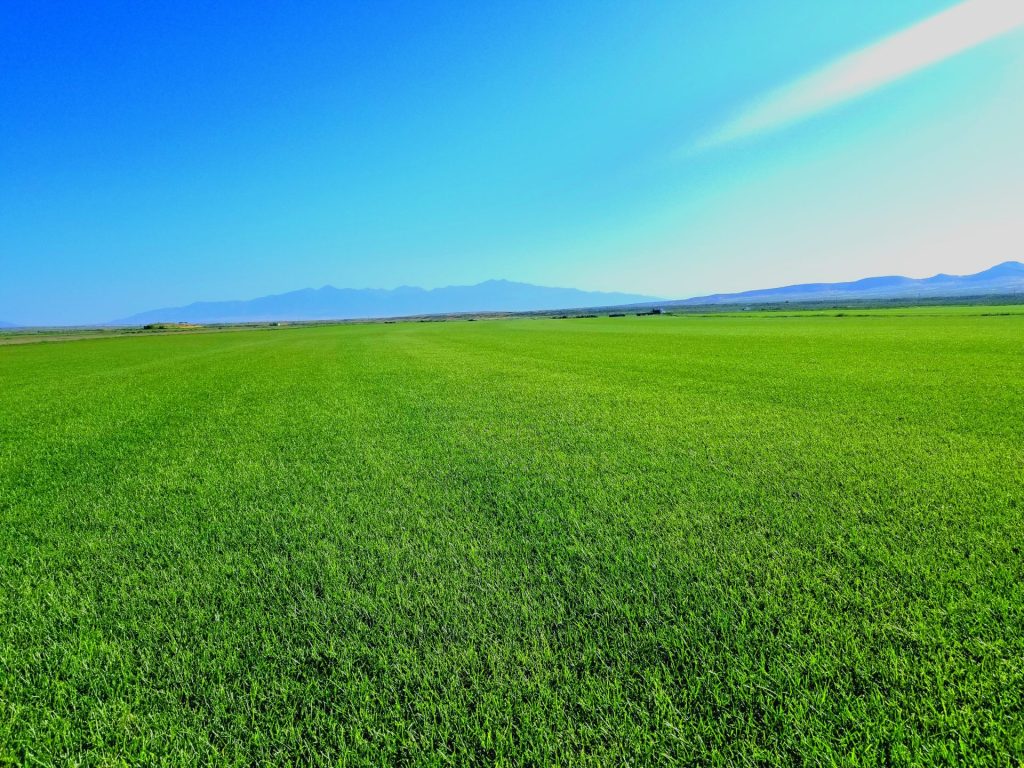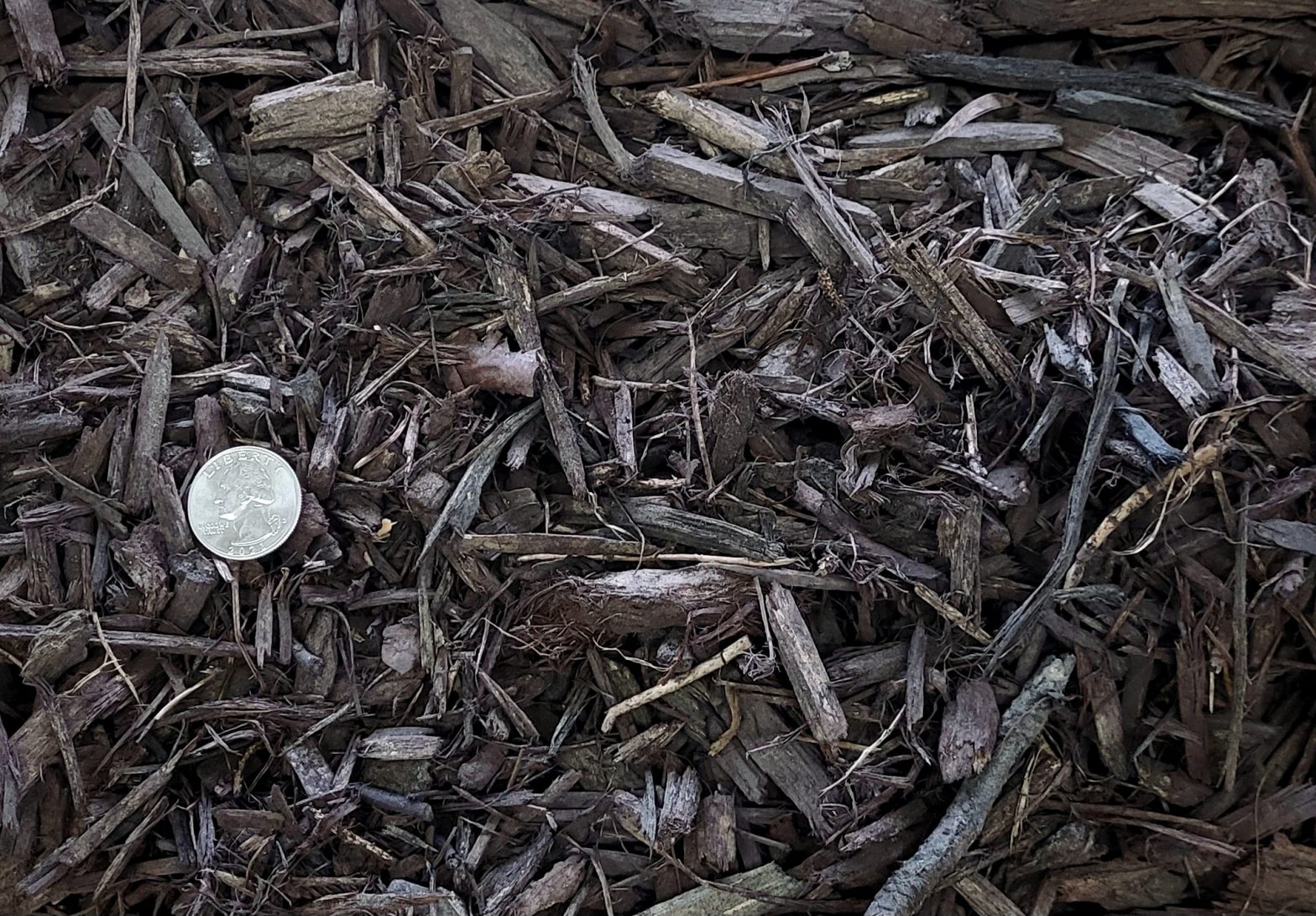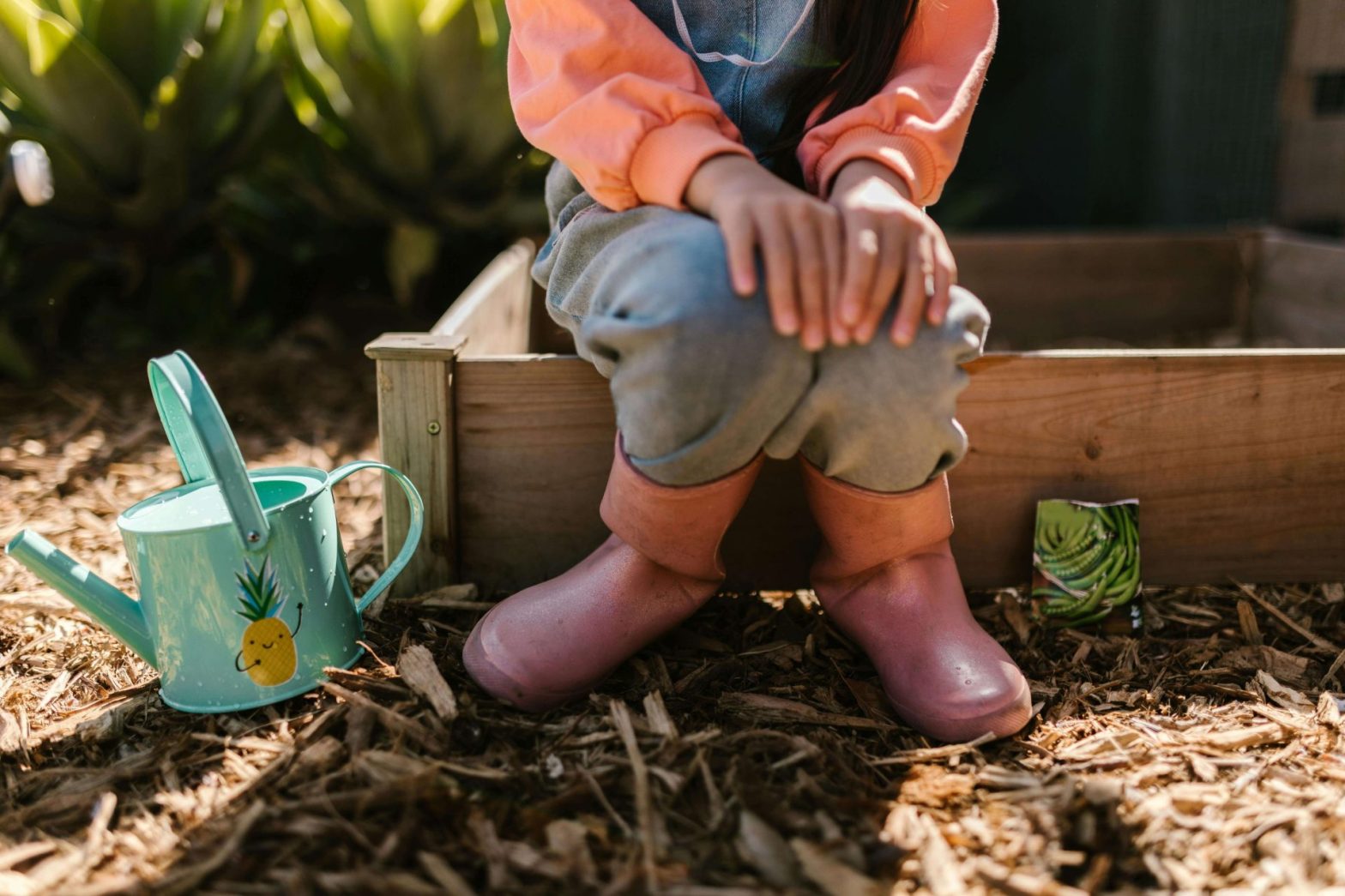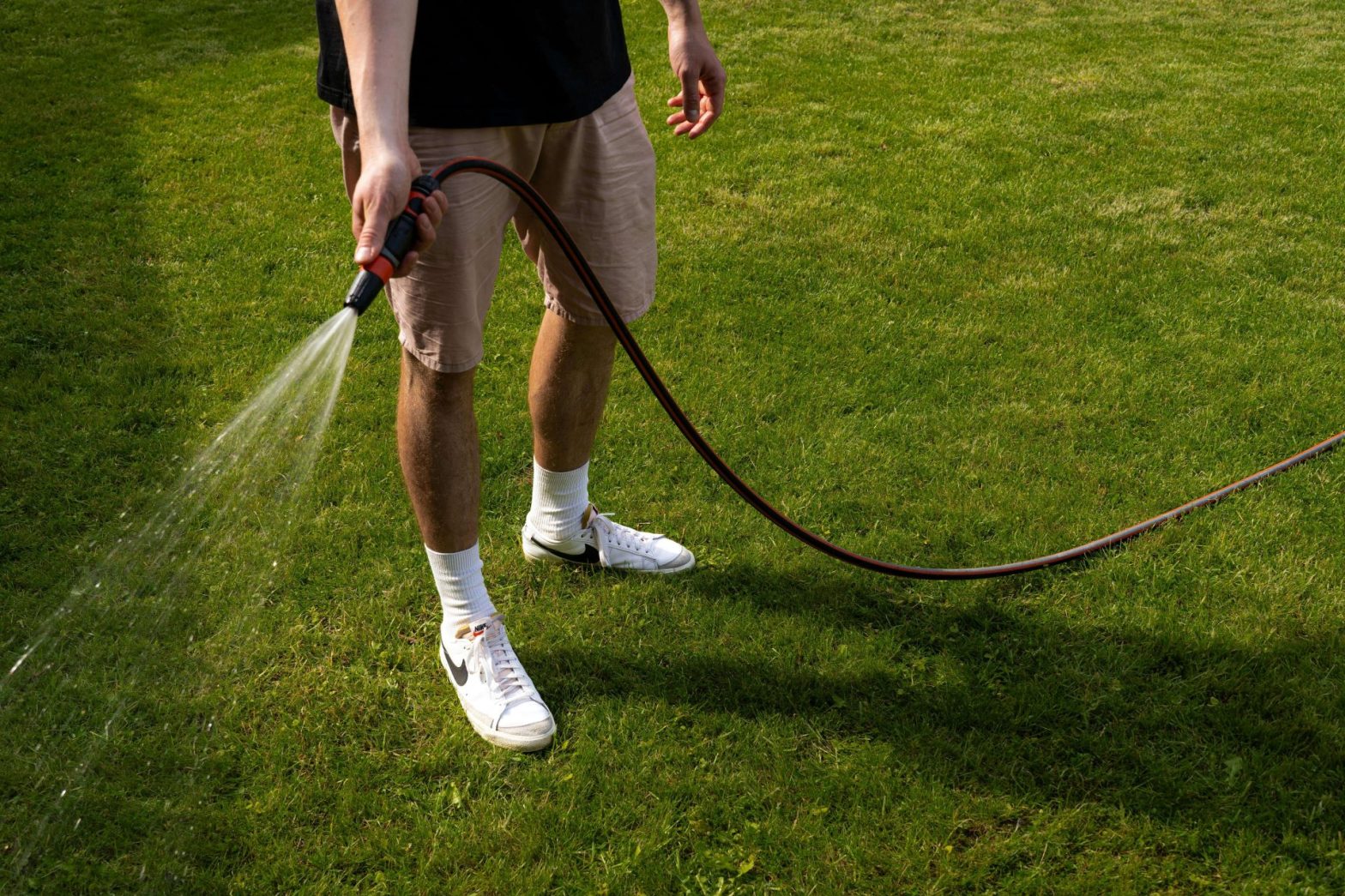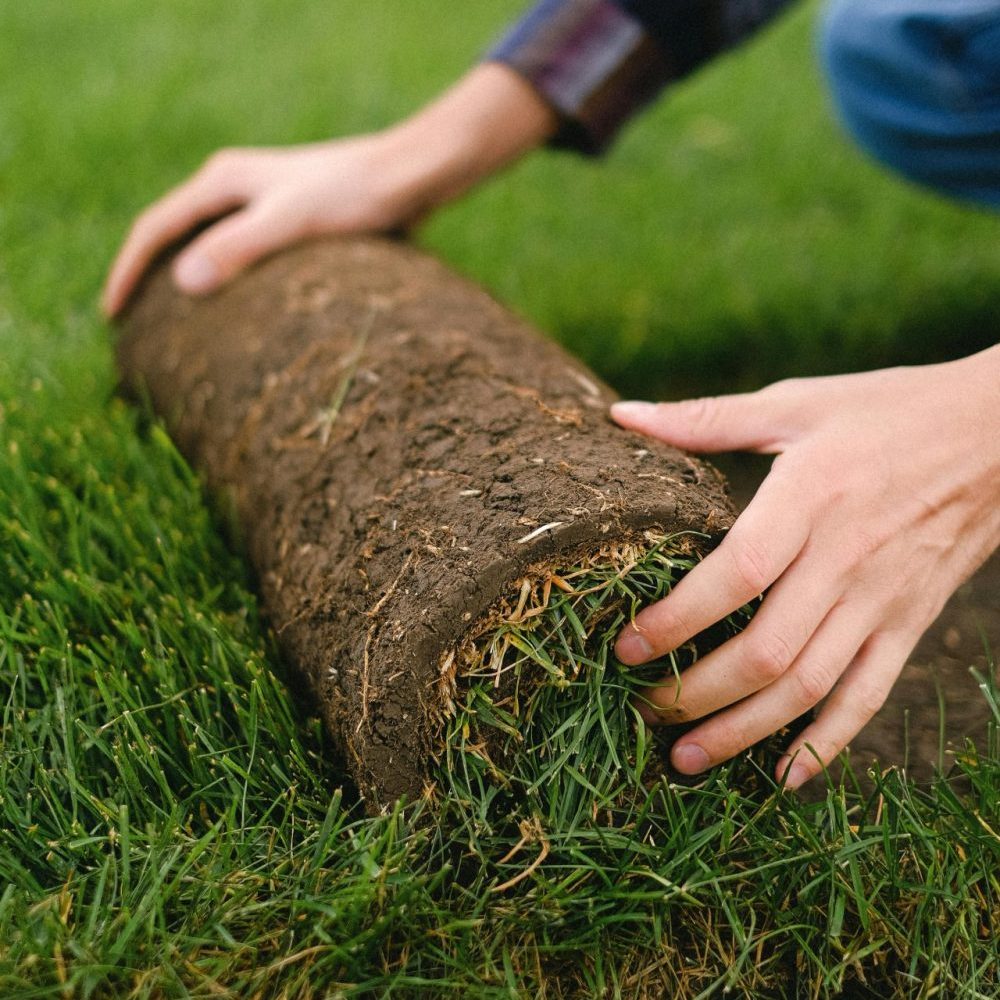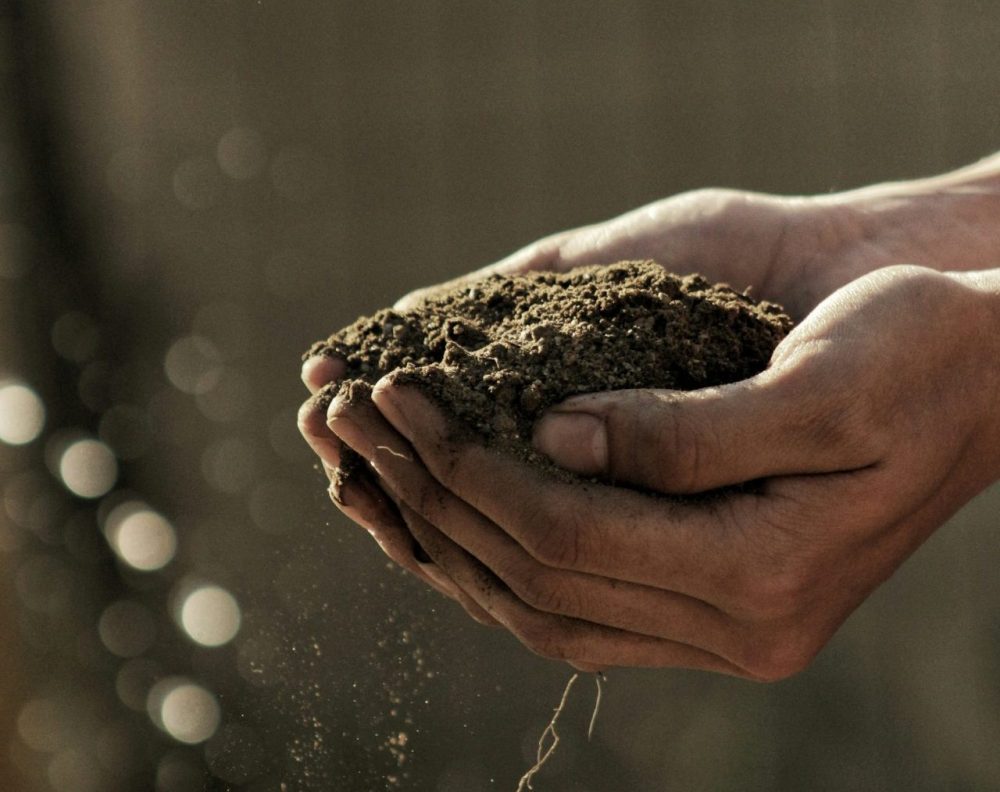When it comes to selecting a cool-season grass in Utah for lawns, parks, or sports fields, two of the most popular choices are Kentucky bluegrass (Poa pratensis) and Tall fescue (Festuca arundinacea). Both grasses are well-suited to temperate climates and offer a cool surface to relax and enjoy, but they differ significantly in one key area: drought tolerance.
So what exactly gives tall fescue the edge over Kentucky bluegrass when the rain stops falling? Let’s break it down.
1. Root System Depth and Structure
Tall Fescue:
Tall fescue develops a deep and extensive root system, often reaching depths of 2 to 3 feet under optimal soil conditions. These deep roots allow it to tap into moisture reserves far below the surface, helping it survive extended dry periods without supplemental irrigation.
Kentucky Bluegrass:
In contrast, Kentucky bluegrass typically has a shallower root system that travels laterally along the soil profile, usually extending 6 to 12 inches. This limited depth makes it more vulnerable to drought stress, especially during prolonged dry spells or in compacted soils where roots can’t grow deep.
✅ Advantage: Tall Fescue
2. Water Use Efficiency
Tall Fescue:
Tall fescue is more efficient at using water. It maintains good turgor and metabolic activity even under limited moisture, reducing the need for frequent irrigation.
Kentucky Bluegrass:
Bluegrass has higher evapotranspiration rates, meaning it loses water faster and needs more frequent watering to stay green and healthy.
✅ Advantage: Tall Fescue
3. Leaf Texture and Heat Resistance
Tall Fescue:
With its coarser leaf blade and tougher cellular structure, tall fescue is more resistant to heat and retains moisture longer in hot weather.
Kentucky Bluegrass:
Its finer blades can lose moisture more quickly under heat stress, contributing to earlier wilting and browning during dry spells.
✅ Advantage: Tall Fescue
4. Dormancy Behavior During Drought
Kentucky Bluegrass:
To cope with drought, bluegrass enters summer dormancy—a survival mechanism that halts growth and causes the turf to turn brown. While it can recover when moisture returns, it’s not ideal for homeowners seeking a lush lawn year-round.
Tall Fescue:
Thanks to its deeper roots and drought resilience, tall fescue often maintains active growth longer during dry periods and may not need to go dormant at all unless the drought is extreme.
✅ Advantage: Tall Fescue
5. Recovery After Drought
Kentucky Bluegrass:
Though it has good regenerative ability thanks to underground rhizomes, Kentucky bluegrass may take time to green up and regrow after a severe drought-induced dormancy.
Tall Fescue:
It lacks rhizomes (most varieties), but because it often stays greener longer during drought, it doesn’t need to “bounce back” as dramatically.
🤝 Tie: Both recover, but in different ways
Final Thoughts
While Kentucky bluegrass is prized for its fine texture and self-repairing capabilities, tall fescue clearly outperforms it in terms of drought tolerance. For regions where summer drought is common—or for property owners looking to cut down on irrigation—tall fescue offers a more sustainable and resilient turfgrass solution.
If you’re considering a new lawn or overseeding your existing one, think long-term. In an era of climate uncertainty and rising water costs, drought tolerance is more than just a nice feature—it’s essential.
